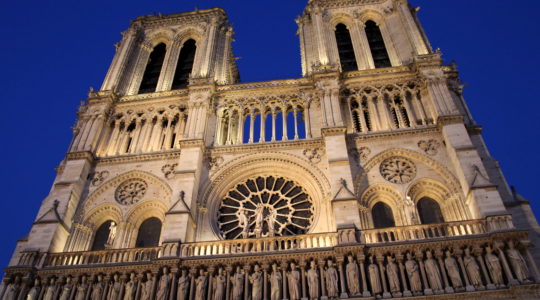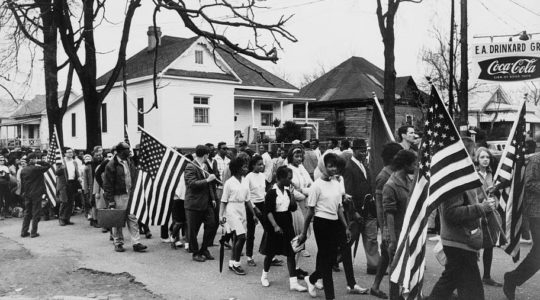Several witnesses called for the prosecution in the case against the 26 Palestine Communists who were arrested on the eve of the funeral of Mohamed Ali, the Indian Moslem leader, to prevent Communist incitement of the Arab crowds who came into Jerusalem for the ceremony, were afraid to be seen testifying against them and gave their evidence concealed behind a screen.
The proceedings, which lasted for five days, came to an end this afternoon, Major Keith-Roach, the Governor of Jerusalem, sentencing nine of the 26 accused, five Jews and four Arabs, on the charge of “disseminating seditious matter likely to provoke violent disturbances”.
The five Jews are Arieh Nahum, alias Leib Nesses, who has been ordered to provide a bond of £150 as guarantee of future good behaviour and has been banished for six months to Afuleh, where he will live under strict police surveillance; Zev Polani, who has been ordered to provide a bond of £240 and has been banished to Rosh Pineh; Abraham Schwartz, who stood as “Proletarian” candidate for the recent elections to the Palestine Jewish National Assembly, who has been ordered to provide a bond of £180, and has been banished to Tiberias; Chaim Fingelanter, alias Vozic, who has been ordered to deposit a bond of £180 and has been banished to Zichron Jacob; and Ephraim Benarieh who has been ordered to provide a bond of £5.
The four Arabs are Yussef Ahmed Chalef and Ibrahim Yunis, both trained at the Moscow School of Communist Propaganda, who have been banished to Nazareth, the first being ordered to provide a bond of £300, and the other of £50; Ahmed Hamdi Sidki, who has been ordered to provide a bond of £120 and has been banished to Beersheba; and Najib Ifranjieh, who has been ordered to provide a bond of £20, and is permitted to remain in Jerusalem, but on condition that he does not leave his home after dark.
JTA has documented Jewish history in real-time for over a century. Keep our journalism strong by joining us in supporting independent, award-winning reporting.
The Archive of the Jewish Telegraphic Agency includes articles published from 1923 to 2008. Archive stories reflect the journalistic standards and practices of the time they were published.



